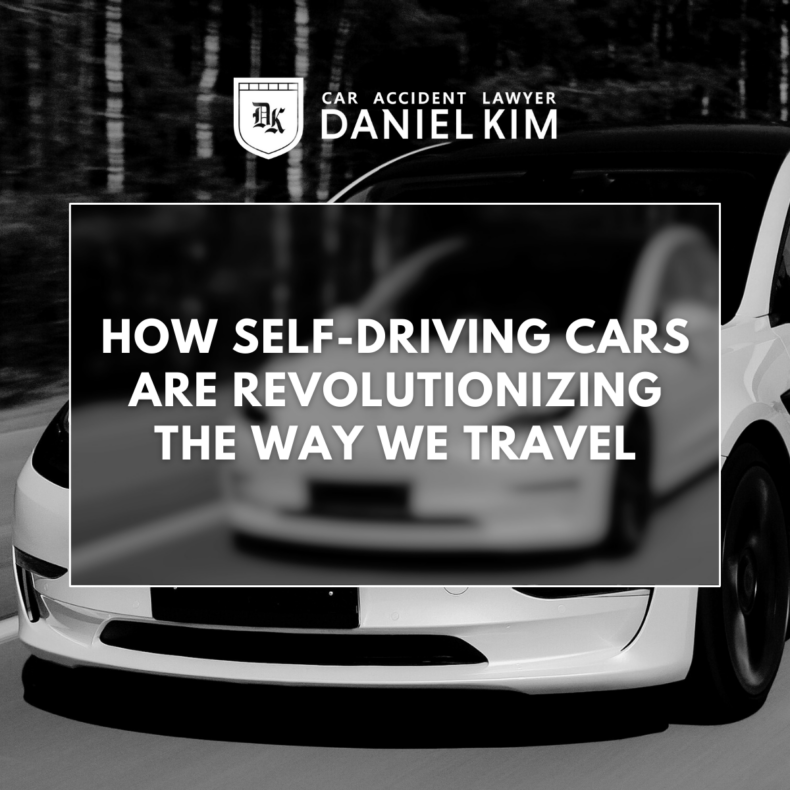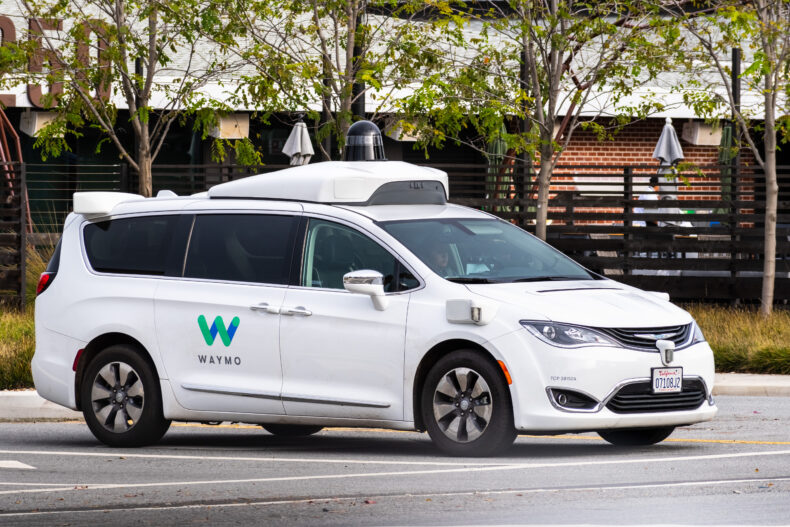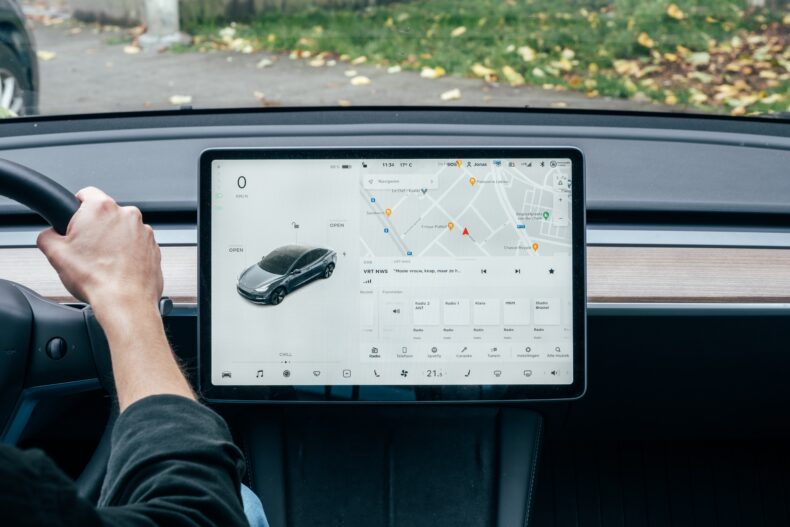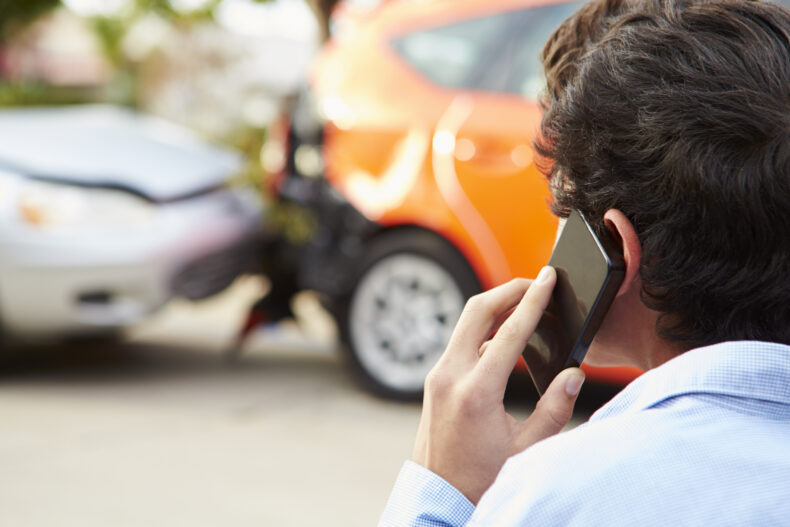Facts About Self-Driving Cars

Tesla, Ford, GM, Mercedes-Benz, Nissan, Subaru…what do all of these automotive companies have in common? They have all introduced self-driving cars in recent years, shaking up the automotive industry and changing the way people drive.
As it stands, the self-driving craze is just getting started. According to the Insurance Institute for Highway Safety, there will be an estimated 3.5 million self-driving cars on U.S. roads by 2025, and 4.5 million by 2030.
And while self-driving cars have revolutionized transportation, there are concerns from lawmakers and organizations about the safety and reliability of self-driving cars. Let’s take a closer look at the classification and levels of self-driving cars, safety concerns for autonomous vehicles, and what’s next for this explosive new industry.
What Are Self-Driving Cars?
Self-driving cars, also known as autonomous vehicles, driverless cars, or robotic cars, are vehicles that can operate without human intervention. These vehicles are equipped with a range of sensors, cameras, radar, and artificial intelligence (AI) that allow them to perceive the environment around them and make decisions about how to navigate it. This technology allows the cars to identify traffic lights, street signs, and other surroundings on the road.
Autonomous vs Self-Driving: What’s the Difference?
“Autonomous” and “self-driving” are often used interchangeably, but there is a subtle difference. A self-driving car can drive itself in most situations, but still requires a driver to be present and ready to take control if needed. A fully autonomous car can drive itself without a human driver present.
Levels of Self-Driving Cars
The Society of Automotive Engineers (SAE) has defined six levels of automation for self-driving cars, ranging from 0 (fully manual) to 5 (fully autonomous):
Level 0: No Automation
The driver is in full control of the vehicle at all times, with no assistance from any automation technology. However, these human driven vehicles feature driver support systems such as stability control, forward-collision warning, and automatic emergency braking. Most vehicles on U.S. roads fall under this category.
Level 1: Driver Assistance
The lowest level of automation, Level 1 vehicles have some automated systems that can assist the driver with tasks like steering or accelerating (cruise control). Nevertheless, the driver is still responsible for maintaining control of the vehicle.
Level 2: Partial Automation
The vehicle has advanced driver assistance systems (ADAS) that can assist with steering, braking, and accelerating. The driver is still responsible for monitoring the road and taking control of the vehicle when necessary. Tesla Autopilot, Ford BlueCruise, and GM Super Cruise systems are examples of Level 2 self-driving cars.
Level 3: Conditional Automation
The jump from Level 2 to Level 3 is significant. While there are currently no Level 3 systems available on American roads yet, Mercedes Benz Drive Pilot automation has been approved at Level 3 for certain 2024 models – the first car company to achieve Level 3 automation. At this stage, the autonomous car can operate on its own in certain situations, such as highway driving. The driver must still be ready to take control of the vehicle, especially in case of a system failure.
Level 4: High Automation
The vehicle is capable of fully autonomous driving in certain situations and does not require any human interaction. Currently, these automated vehicles operate as driverless taxis and public transportation. Waymo, “the world’s first autonomous ride-hailing service” currently operates Level 4 autonomous cars in Phoenix and San Francisco.
Level 5: Full Automation
A Level 5 fully autonomous vehicle can drive in all conditions and environments and does not require a human driver to be present. These driverless cars will most likely not have a steering wheel or acceleration/braking pedals.
Many vehicles on the road today have advanced driver assistance systems that fall into Level 1 or Level 1. Level 3 and above driverless vehicles are not yet widely available. However, many car manufacturers are actively developing and testing autonomous vehicles, and it is likely that we will see more advanced driverless cars on the road in the coming years.
Are Self-Driving Cars Safe?
Self-driving cars have the potential to revolutionize transportation by reducing traffic congestion, lowering CO2 emissions, and increasing mobility for millions of people with disabilities as well as the elderly. However, there are still many challenges ahead before self-driving cars can become a widespread reality.
Local traffic laws and regulations, bad weather conditions, and high-congested areas all pose challenges to self-driving technology. Yet safety remains one of the top concerns when it comes to trusting autonomous vehicles. In an AAA survey, nearly 70% of Americans admitted they were afraid of self-driving vehicles, up from 55% in the previous year.
Additionally, there have been some major setbacks, as in the example of Tesla’s “Full Self-Driving” (FSD). Tesla recalled some 363,000 of its electric vehicles equipped with FSD after the National Highway Traffic Safety Administration (NHTSA) said they are unsafe to use.
There are also growing concerns with the increase in distracted driving, which may become more common with increased automation. Drivers who watch videos or doze off in self-driving vehicles may fail to take control when they should.
Self-Driving Car Accidents
One of the most ambitious goals of self-driving cars is to eliminate most injuries and fatalities on the road. By essentially removing human error, manufacturers of autonomous vehicles claim self-driving cars will reduce the number of car accidents. Yet they are not immune to vehicle crashes themselves.
The National Highway Traffic Safety Administration (NHTSA) found cars with driver assistance systems and partial self-driving features were responsible for 392 crashes between July 2021 and May 2022. Additionally, NHTSA is investigating 35 separate Tesla crashes, 19 of which were fatal, since 2016.
An accident involving a self-driving car or truck can be especially confusing when it comes to liability. Determining fault in a car accident is already a complex process. Factor in a self-driving vehicle and you have multiple liable parties: the manufacturer of the autonomous vehicle, the driver of the vehicle, or other vehicles involved in the accident.
Self-Driving Car Accident Lawyer in Orange County, CA
Vehicle safety in self-driving cars is in its nascent stage. If you become a victim of a crash involving a self-driving car, truck, or taxi, The Law Offices of Daniel Kim is here for you. Our personal injury law firm is experienced in all types of auto accidents and we work tirelessly to get our clients maximum compensation. Speak with an experienced Orange County car accident lawyer as soon as possible.
Contact Us


